HANS HOFMANN (1880-1966)
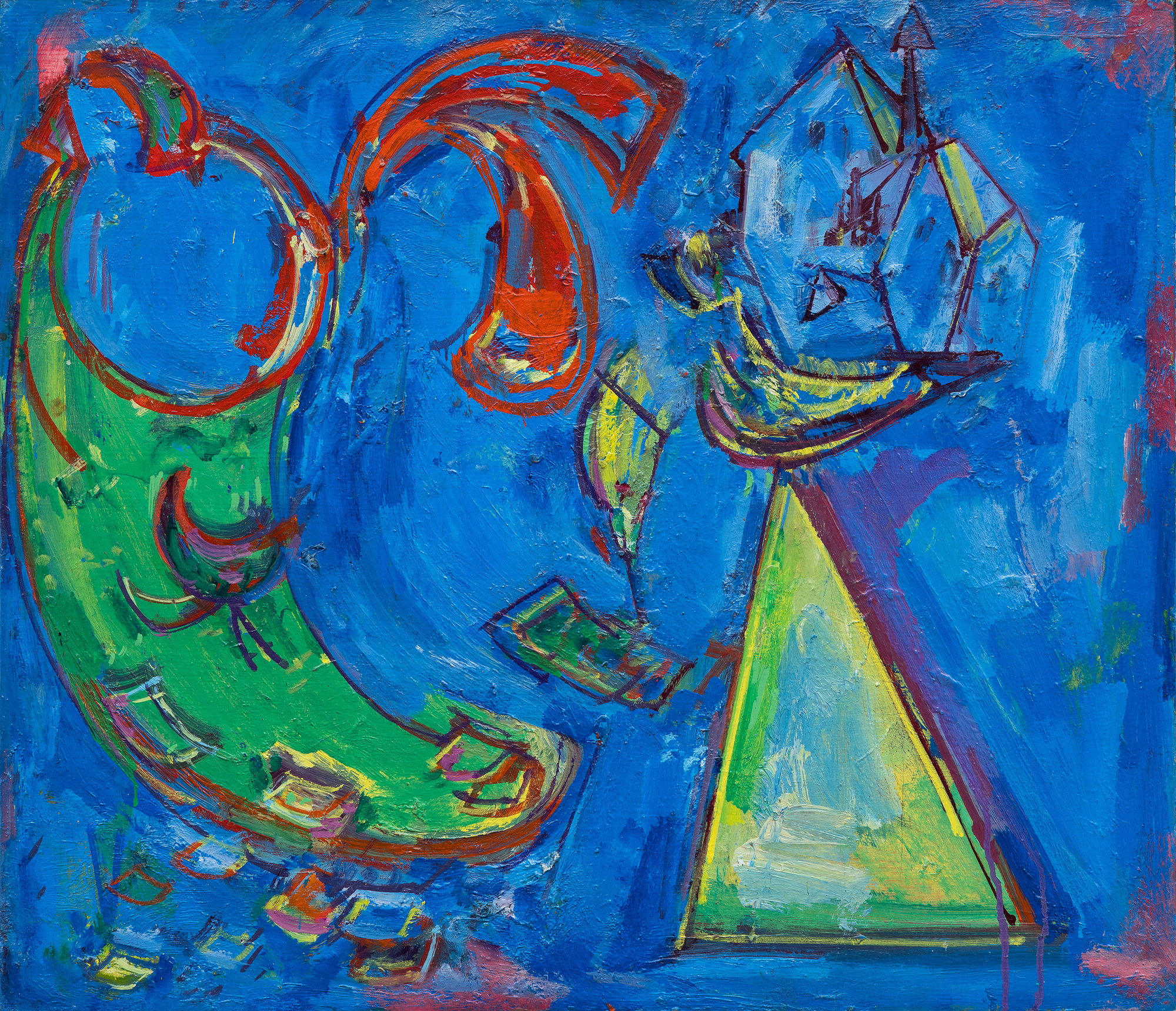
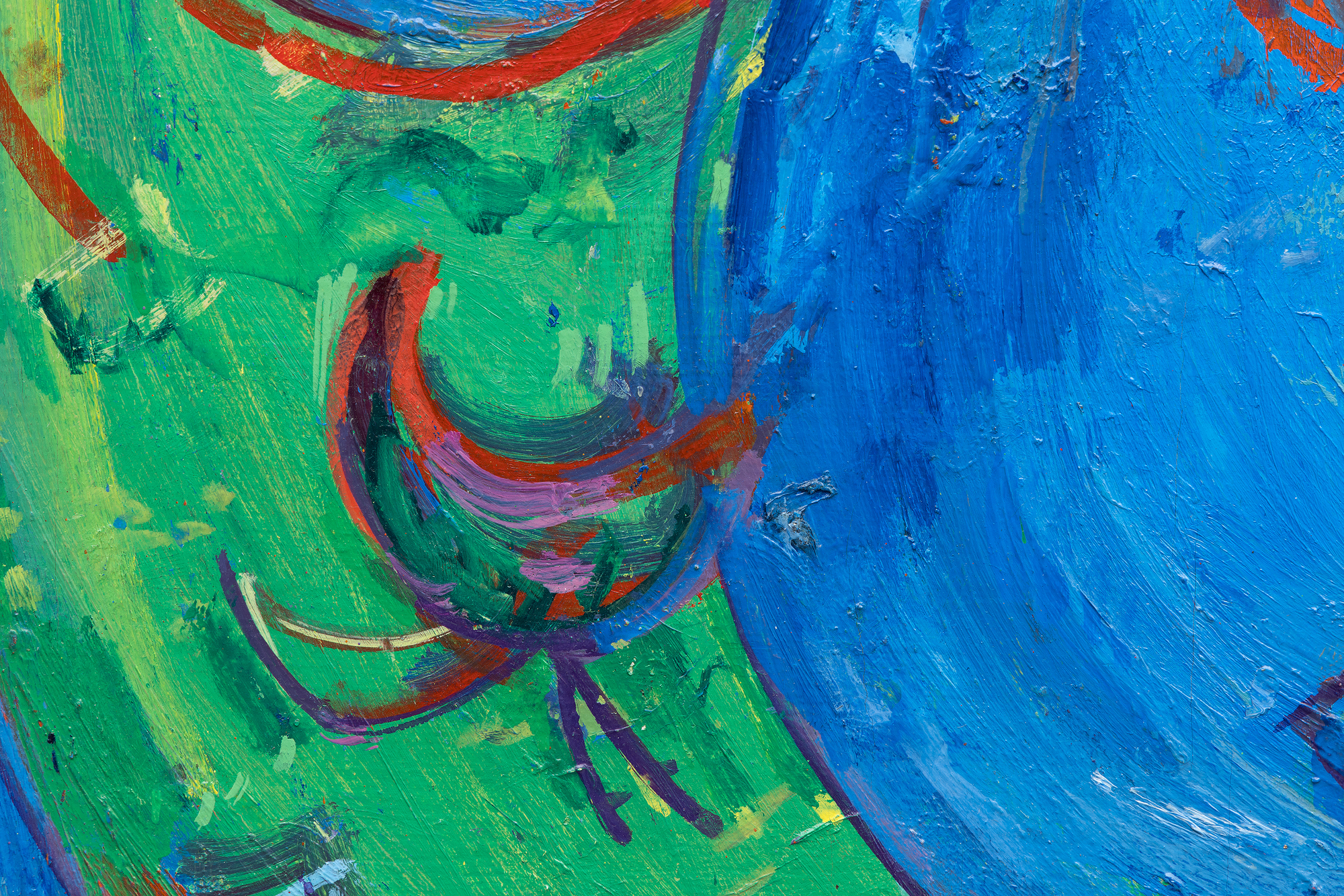
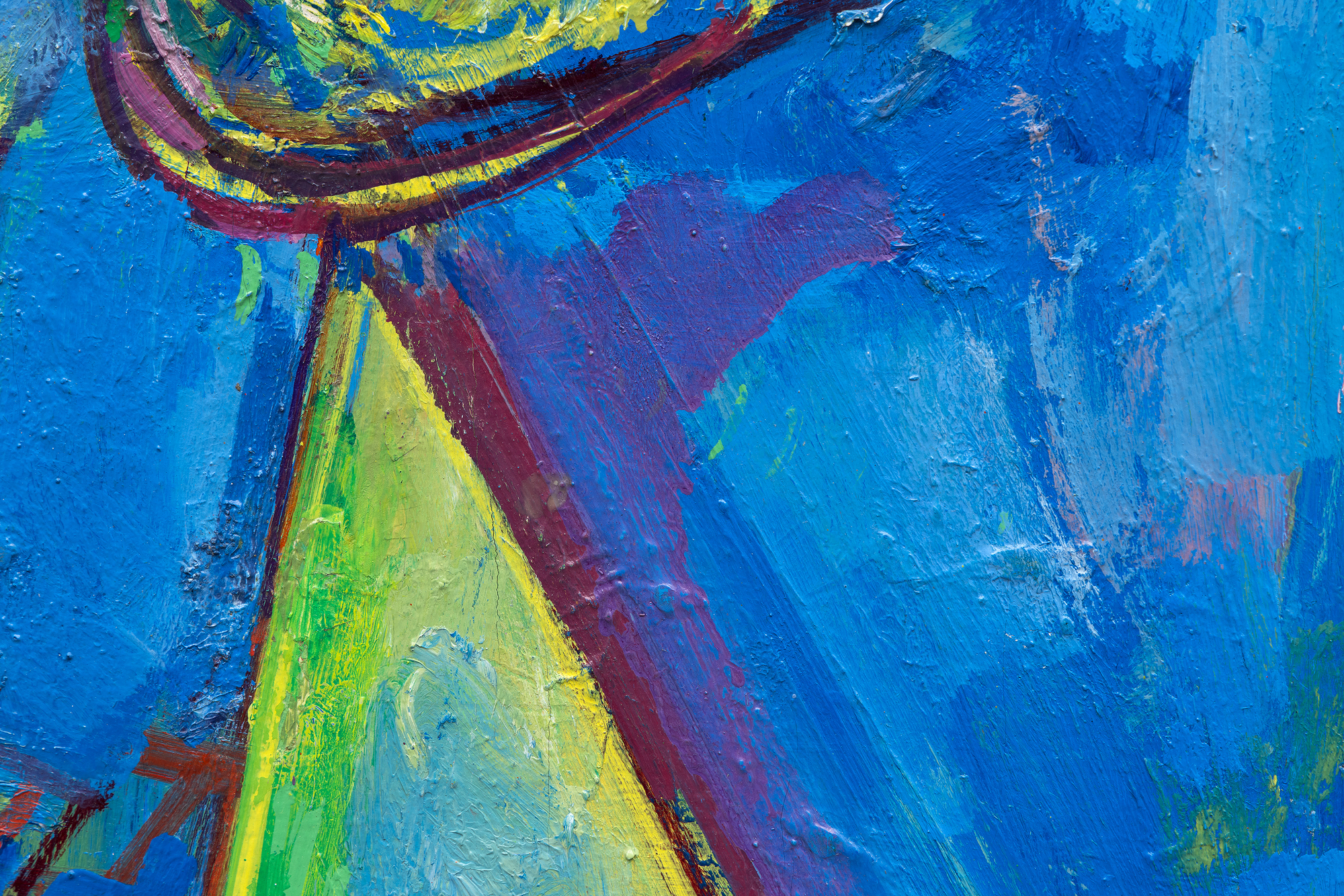
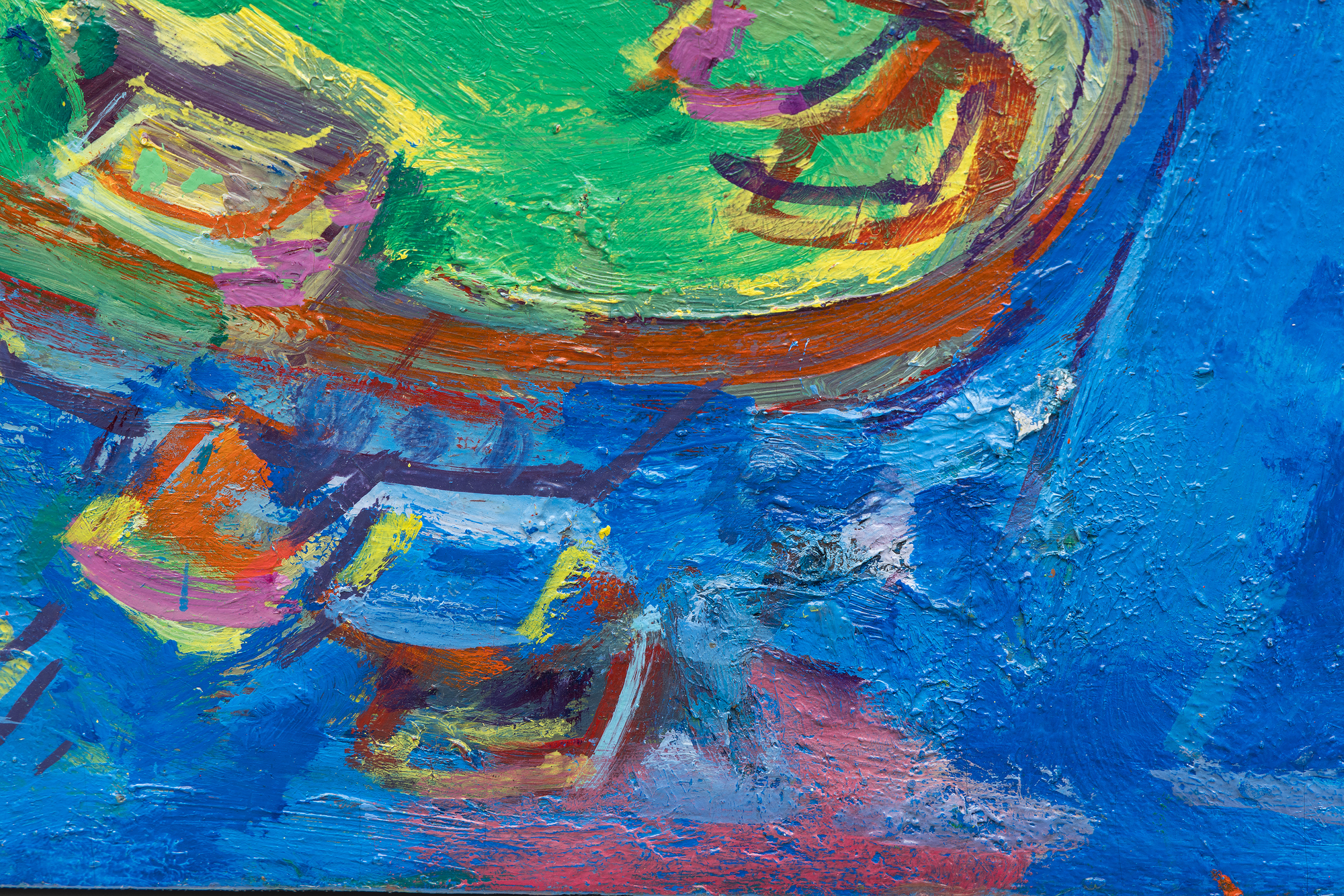
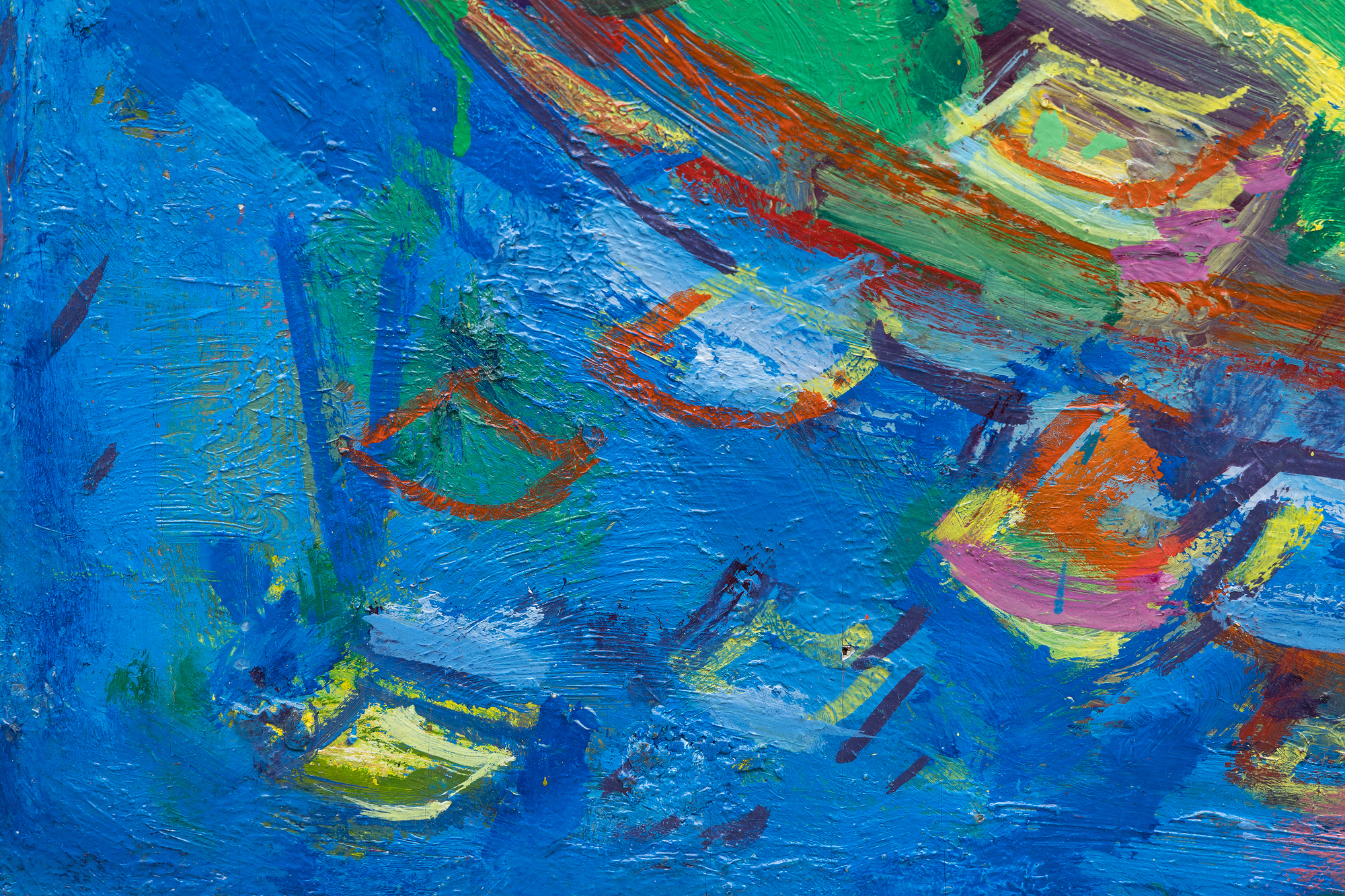
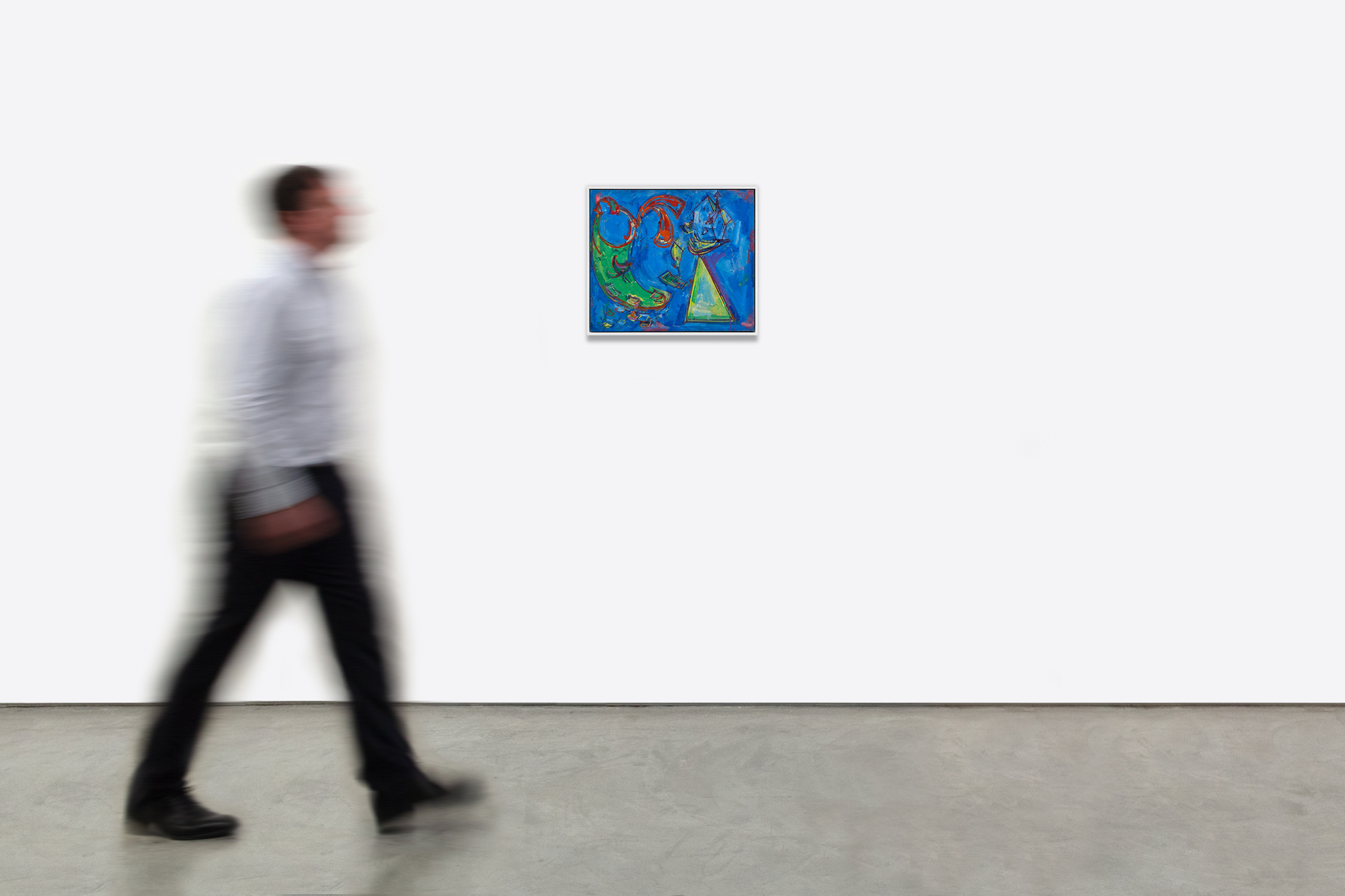
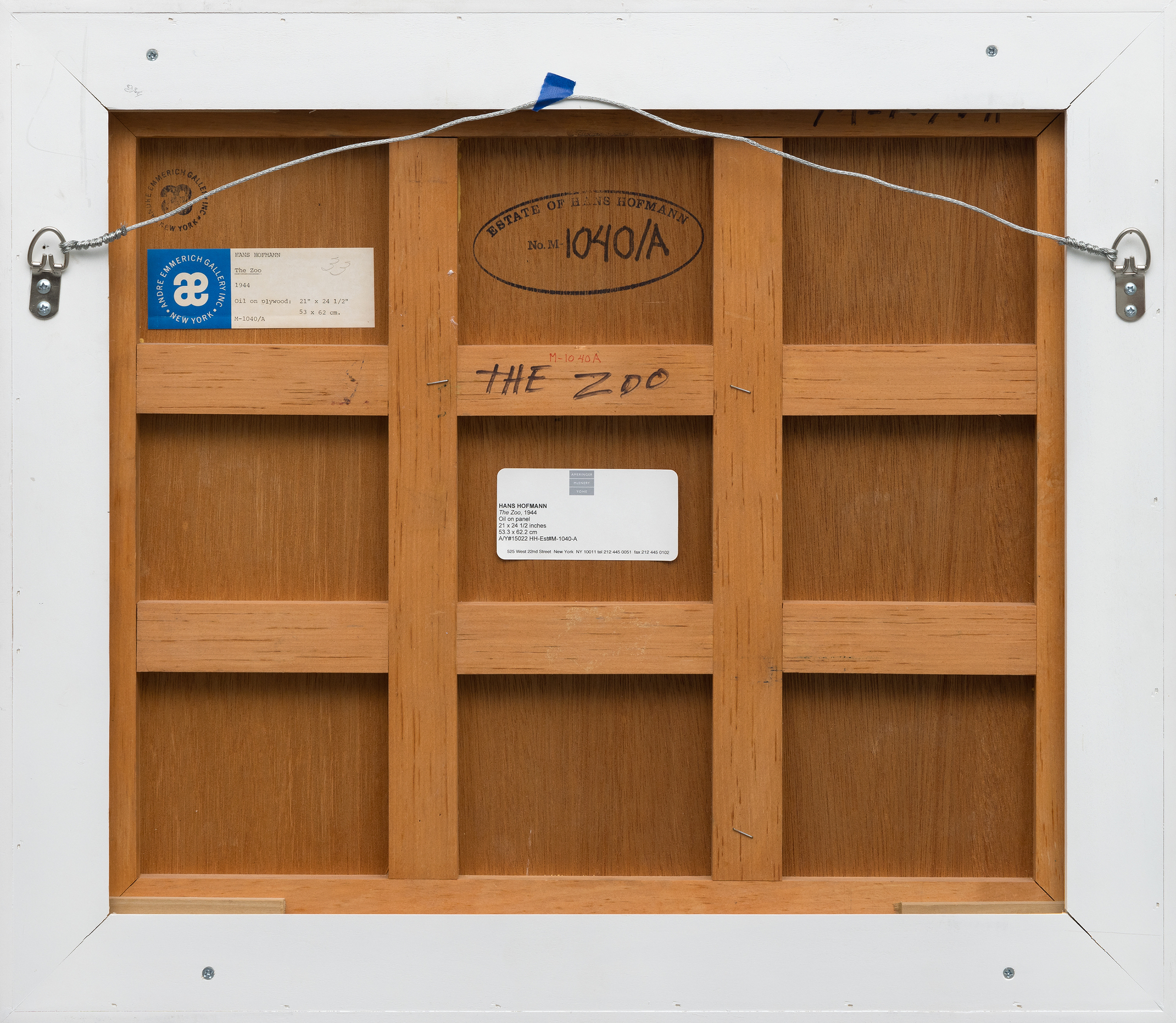
Provenienz
Sammlung des KünstlersDer Renate, Hans und Maria Hofmann Trust, New York, New York
Ameringer | McEnry | Yohe, New York, New York
Privatsammlung, New Jersey
Ausstellung
New York, New York, Ameringer | McEnry | Yohe, Hans Hofmann: Bilder des Sommers: Gemälde und Arbeiten auf Papier, 9. Dezember 2010 - 29. Januar 2011Literaturhinweise
Ameringer | McEnery | Yohe, Hans Hofmann: Bilder des Sommers: Gemälde & Arbeiten auf Papier, "Art in America", Ankündigung zur Ausstellung, New York, New York, 2010, S. 11 (farbig illustriert)Ameringer | McEnery ...Mehr.....| Yohe, Hans Hofmann: Bilder des Sommers: Paintings & Works on Paper, "ARTnews", 109, Nr. 11, Ankündigung zur Ausstellung, New York, New York, 2010, Umschlagrückseite (farbig illustriert)
Suzi Villiger, Hans Hofmann: catalogue raisonne of paintings, volume II, Surrey, 2014, HH cat. no. 351-1944, S. 279 (farbig illustriert)
...WENIGER.....
Stark beeinflusst vom surrealistischen Automatismus und den biomorphen Formen von Joan Miró scheinen die organischen Formen und kräftigen Farben vor Leben zu pulsieren und die Grenze zwischen Abstraktion und Figuration zu verwischen. Doch im Gegensatz zu Mirós zarten Traumlandschaften ist Hofmanns Pinselführung von einer muskulösen Energie getragen, die die Komposition in seinem charakteristischen gestischen Stil erdet.
The Zoo spiegelt Hofmanns Fähigkeit wider, Spontaneität mit bewussten kompositorischen Entscheidungen in Einklang zu bringen. Das Ergebnis ist ein lebhaftes, freudvolles Werk, das die visuelle Komplexität der Welt und die grenzenlose kreative Freiheit der Abstraktion in dieser entscheidenden Phase seiner Karriere feiert.


